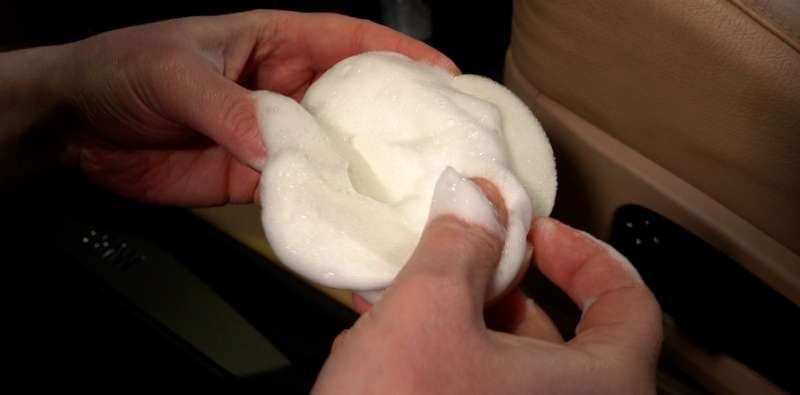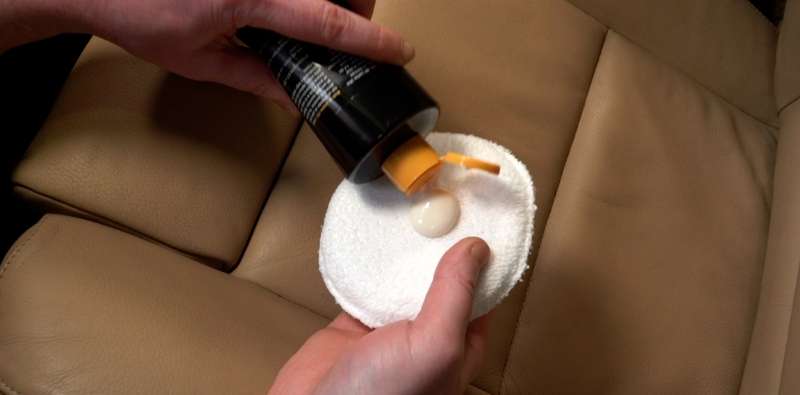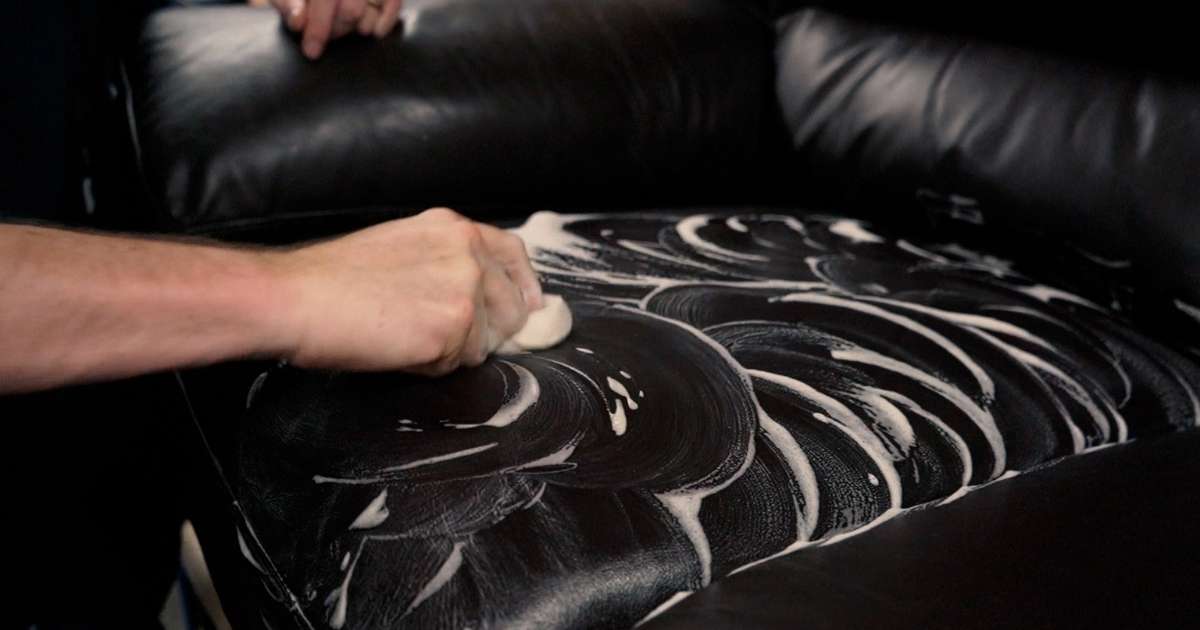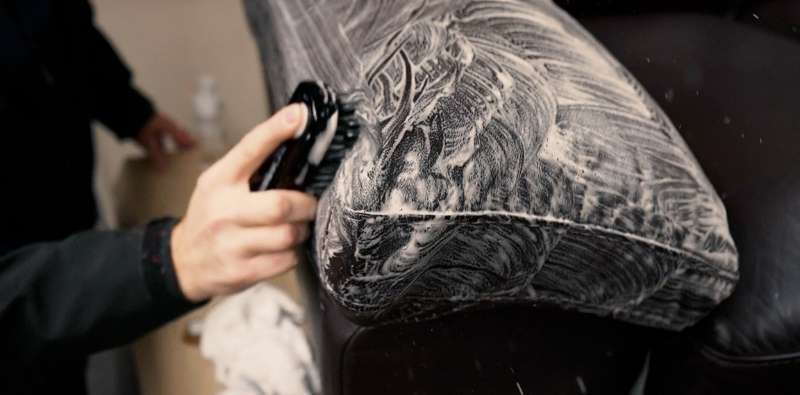Leather may be extremely durable, but it does require a high level of care when it comes to cleaning. Many traditional products and DIY solutions may cause damage to your leather, which will require additional attention in the future.
That's why it is important to know what type of leather you’re dealing with before you decide what cleaning method to use, and to always use a specialist leather cleaner.
In this blog, we will discuss the many ways to clean Leather, and what we would recommend.
Traditional Saddle Soap as a leather cleaner
Saddle Soap is traditionally used to clean and re-oil the Vegetable tanned leather on saddles and tacks.
It contains a mild soap, softening ingredients such as lanolin, and preservatives such as beeswax.
Although it may be suitable for vegetable tanned leather - as it needs to be re-oiled - it is not suitable for most pigmented and aniline leathers that are used on most furniture items and car interiors, as the fibres can separate if they get too oily.
Over time, this will also cause the leather to darken in colour. The oils absorbed will need to be extracted from the leather using a Leather Degreaser, creating additional unnecessary work.
Steam Cleaning leather
Steam cleaning is a popular method used to clean carpets & upholstery. However, it is not a method we would recommend for cleaning leather.
The heat from the steam can cause the leather to shrink as it is far too hot for leather. This will cause unrepairable damage to the leather, which would then need to be re-upholstered.
Household products and DIY solutions as a leather cleaner
Alcohol based product like hand-sanitiser and solvent-based products like hairspray are also commonly recommended as leather cleaners. However, these will damage and remove the top coatings of the leather causing it to become sticky, and potentially remove the colour.
Popular home remedies like baking soda, white vinegar, and lemon juice can be harsh on delicate leathers too.
Any colour or finish that has been removed as a result, will need restored.
Mild baby soap or detergent as a leather cleaner
When diluted with water, a fragrance-free, mild soap or detergent is ideal for a gentle and regular wipe down as they contain no solvents or abrasives that will damage the surface of the leather.
If the leather is particularly dirty, it is likely that you will need to use a specialist leather cleaner.
Our leather cleaner
Our Leather Ultra Clean is another alternative for leather cleaning.
It is an effective and powerful, water-based leather cleaner that is capable of removing deeply ingrained dirt and grime from the surface of leather without causing damage.
Unlike many of the other methods, it contains no solvents or abrasives, making it safe to use in all environments and on all types of leather, such as sofas, furniture, car interiors, accessories, footwear and clothing.
How to use the Leather Cleaner
Pour the Leather Ultra Clean onto a Cleaning Sponge and squeeze to create a foam. Use this to rub into the leather in a circular motion. This will lift the dirt from the surface. Wipe away any excess cleaner from the leather with a clean Microfibre Cloth. Repeat this process if required.

NOTE: When cleaning absorbent leather such as Aniline and Pull up, the cleaner will soak into the leather, and the leather will darken – this is normal and will revert to what it was once dry.
For deeply engrained dirt
Our Leather Cleaning Brush can be used to deep clean into a leather's grain and lift dirt easily.
The bristles are designed to be just rigid enough to provide a thorough, deep clean, while also being gentle enough to prevent any wear or damage to the surface.
How to protect leather and prevent staining
After cleaning with our Leather Cleaner, we always recommend that you apply a Leather Protection Cream.
This will condition the leather and help to protect against liquid and food-based staining, wear & tear, as well as the build-up of dirt, making for easy cleaning in the future.

You can find the products mentioned in this article in our Leather Care Kit.
If you liked this guide and want to know more about cleaning leather, we have some other really useful blog posts such as our blog about Leather Car Seat Cleaners.
















.jpg)
